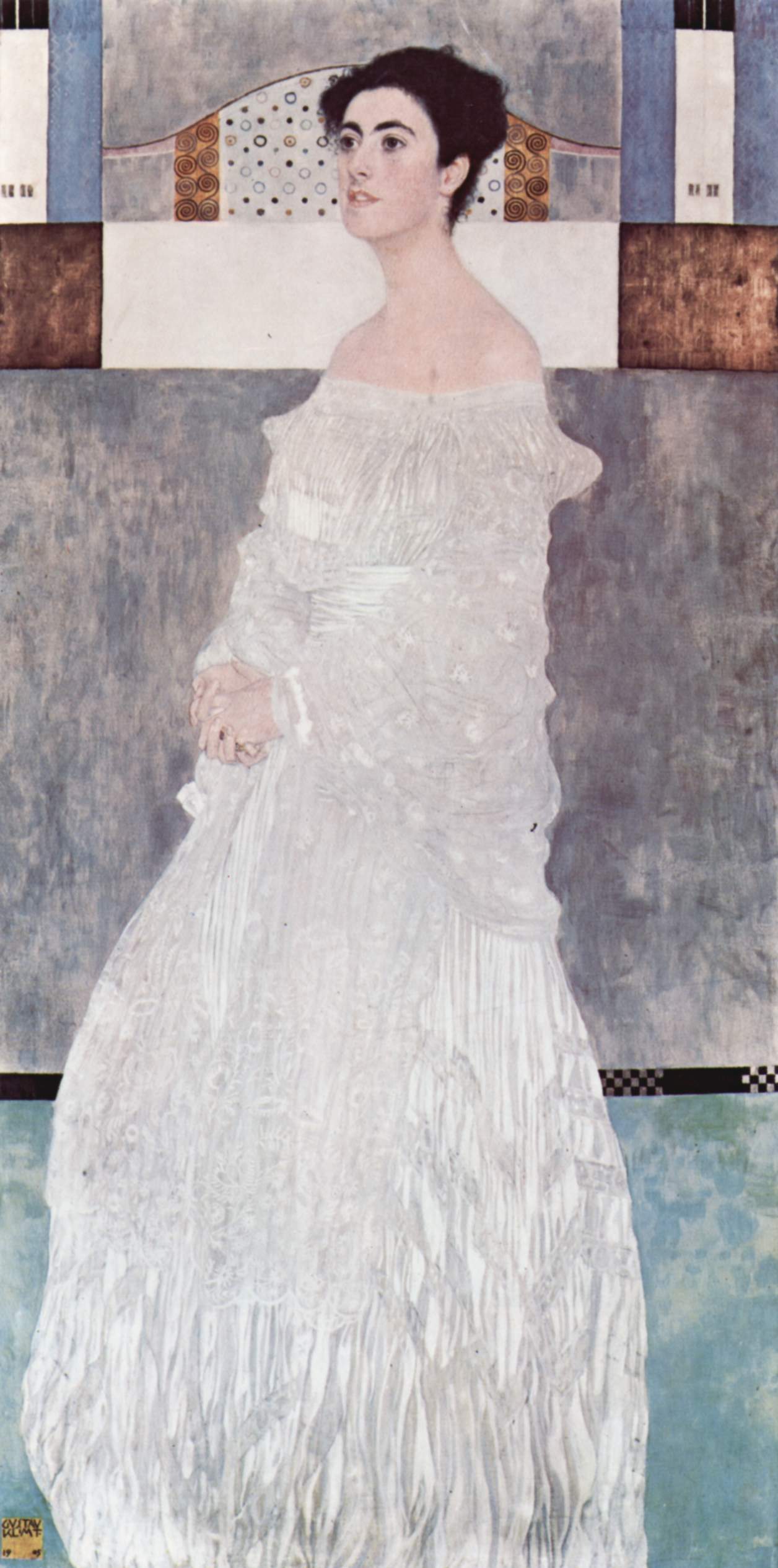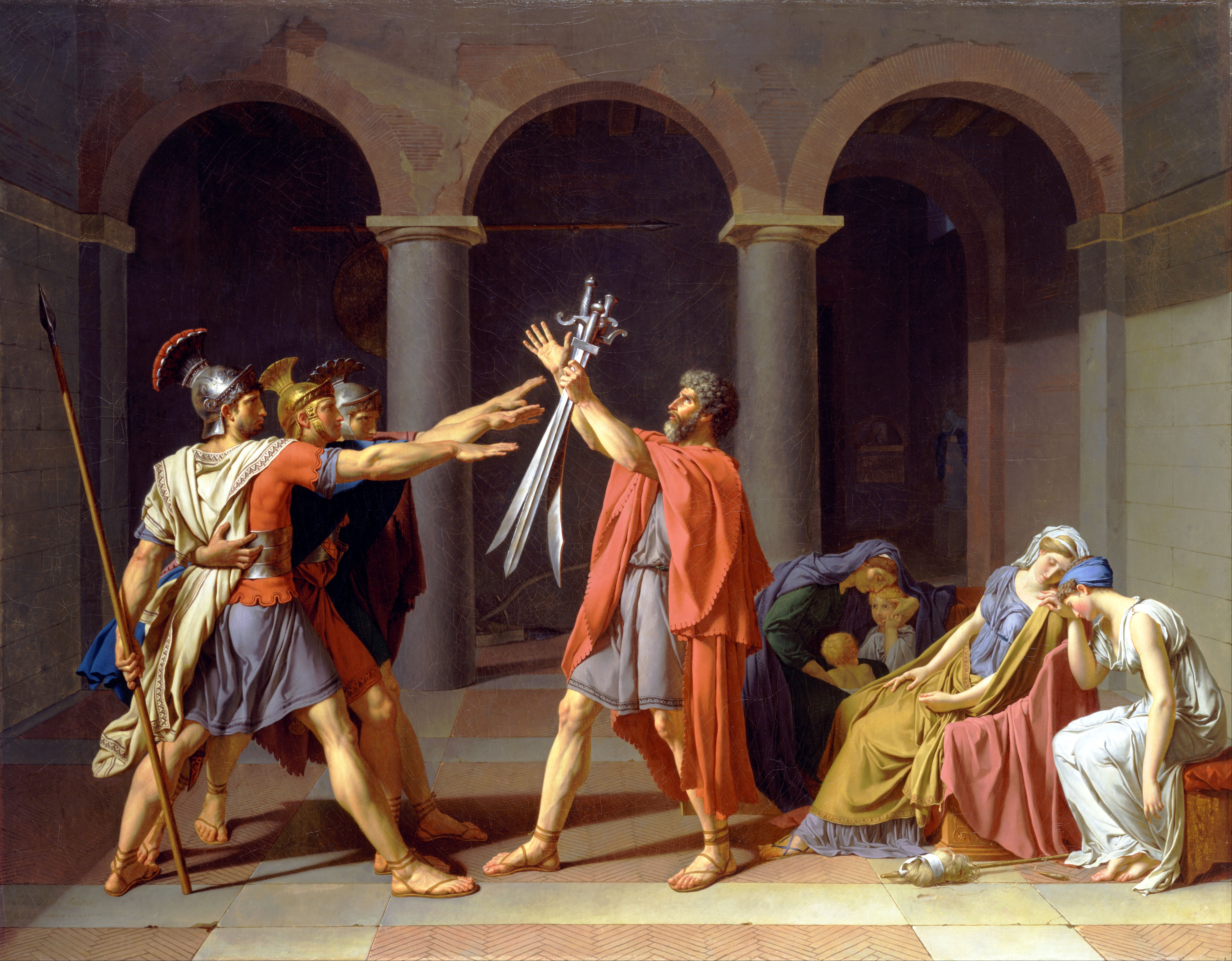To a certain extent, film and art are very much connected, and have been for a long time. Artists have used film to make work, and filmmakers have used artworks in their movies. Artworks are mainly used in film as a device to foreshadow future events, add depth to a scene, or simply just enrich the meaning of the movie or tv show.
EX MACHINA
 |
| Ex Machina, 2015, dir. Alex Garland |
THE CHALLENGE IS NOT TO ACT AUTOMATICALLY, IS TO FIND AN ACT THAT IS NOT AUTOMATIC...Here is the scene...
As to why the producers/set designers/writers/etc decided to put the portrait of Margaret Stonborough-Wittgenstein in Ava's room, I don't know. However, I did know that Margaret's brother, Ludwig, was a philosopher. A quick search in google showed me that his work was mainly about communication between people and the difficulties of language. Perhaps the philosophy of communication and Ludwig's ideas on it form a parallel to the communication between Ava and Caleb? Or, does Margaret Wittgenstein represent Ava in a way, and Ludwig represents Nathan?
 |
| Ex Machina, 2015, dir. Alex Garland |
 |
| Portrait of Margaret Stonborough-Wittgenstein by Gustav Klimt (1862-1918) oil on canvas, 1905 |
Like Ava, Nathan himself has an imposing father figure: Ludwig Wittgenstein. In addition to Pollock’s drip paintings, Nathan hangs in his bunker Klimt’s portrait of Margaret Stonborough, Wittgenstein’s sister. He also names his company after a section from Wittgenstein’s notebooks, which—like Mary’s Room—is about the limits of symbolic, fixed language, words divorced from experience. A passage from Wittgenstein’s journal reads: “The meaning of a phrase for us is characterized by the use we make of it.” Which is to say: It’s not what we say but how we say it, including to whom. Or, as Nathan puts it, there is no consciousness without interaction. One must dip in and out of other psyches in order to gain knowledge.
GOTHAM
Gotham is a TV series based on the Batman franchise, focusing mainly around Bruce Wayne and James Gordon. I've only seen the first season, I wouldn't say it's the best but it's got very good pacing and it keeps me interested in what's going to happen next.
ANYWAY! The reason why this series is featured is because, in one of the rooms in Bruce Wayne's house, you can see Oath of the Horatii!
 |
| Gotham series 1, 2014-2015 |
 |
| Gotham series 1, 2014-2015 |
 |
| Oath of the Horatii by Jacques-Louis David (1748-1825) oil on canvas, 1784 |
This, I think, is the simplest one to put together symbolically. The painting, in which the Horatii brothers swear to defeat their enemies or die, can be linked to the storyline of Bruce Wayne, who's parents are murdered, which leads him to become Batman of course.
The placement and emphasis of the painting in the room, and if I remember correctly it makes more than one appearance, made me really happy as an art historian and it was just really satisfying to see it in the background. More artworks in movies/tv shows please for enhanced viewing experiences!!
FERRIS BUELLER'S DAY OFF
This is more of an honorary mention if I'm completely honest, because I think this must be one of the most iconic uses of art in film ever, so I though I should at least mention it briefly.
John Hughes said this in regards to the scene;
The placement and emphasis of the painting in the room, and if I remember correctly it makes more than one appearance, made me really happy as an art historian and it was just really satisfying to see it in the background. More artworks in movies/tv shows please for enhanced viewing experiences!!
FERRIS BUELLER'S DAY OFF
This is more of an honorary mention if I'm completely honest, because I think this must be one of the most iconic uses of art in film ever, so I though I should at least mention it briefly.
 |
| Ferris Bueller's Day Off, 1986, dir. John Hughes |
“I always thought this painting was sort of like making a movie, the pointillist style,” he says. “You don’t have any idea what you’ve made until you step back from it. ... The more he looks at it, there’s nothing there. He fears that the more you look at him, the less you see.”
 |
| A Sunday Afternoon on the Island of La Grande Jatte by Georges Seurat (1859-1891) oil on canvas, 1884-6 |
You can look up more paintings that have been in movies here, and here.
There's a book that's specifically focuses on the use of art in cinema, you can look at a few (very few...) pages of it on google books here.
SOURCES
https://www.washingtonpost.com/blogs/arts-post/post/john-hughes-video-explains-ferris-bueller-scene-at-art-institute/2011/11/16/gIQAZBAERN_blog.html
http://www.louvre.fr/en/oeuvre-notices/oath-horatii
https://newrepublic.com/article/121766/ex-machina-critiques-ways-we-exploit-female-care
https://www.youtube.com/watch?v=pQ33gAyhg2c
https://newrepublic.com/article/121766/ex-machina-critiques-ways-we-exploit-female-care
https://books.google.co.uk/books?id=TVSlBgAAQBAJ&dq=art+in+film&source=gbs_navlinks_s

After reading your article I was amazed. I know that you explain it very well. And I hope that other readers will also experience how I feel after reading your article. red rock entertainment reviews
ReplyDelete